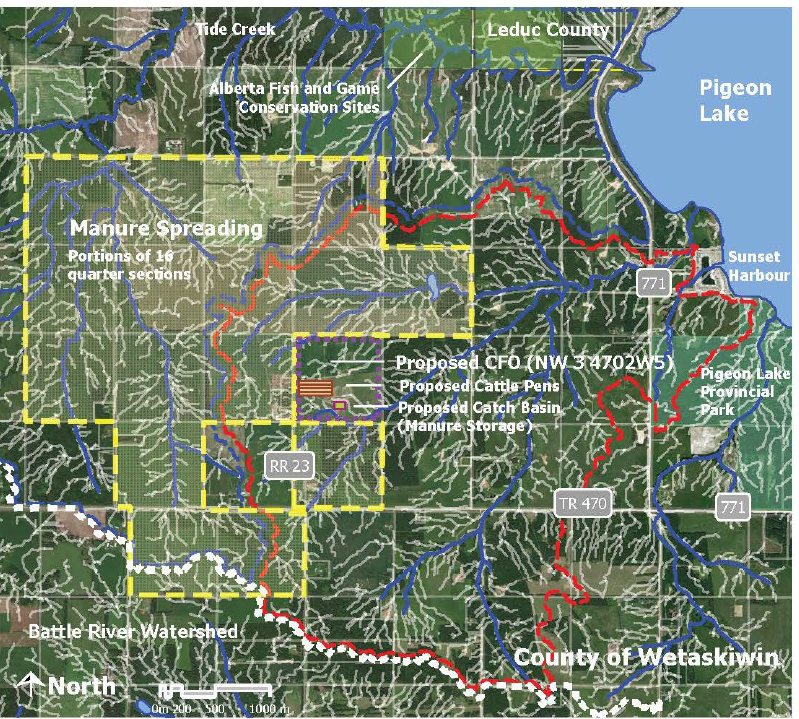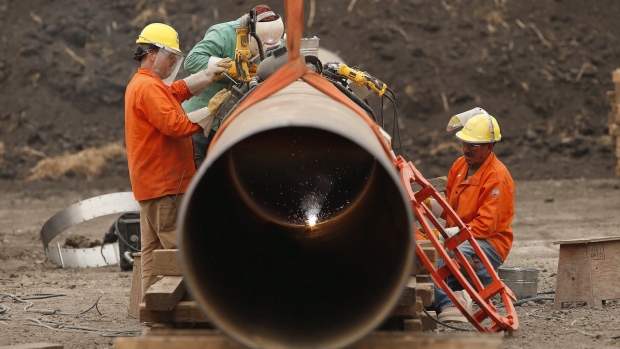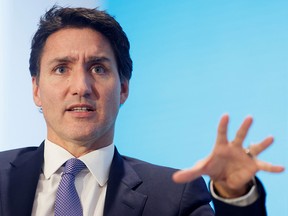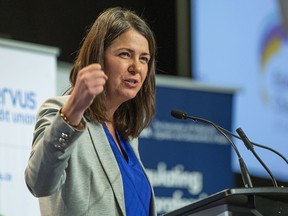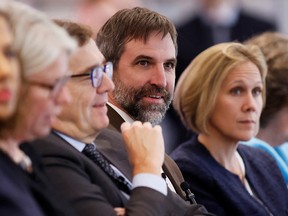A U.S. Gulf Coast gas storage facility and a stake in a company developing fuel from waste food are among a string of new investments announced by Canadian energy giant Enbridge Inc. on Wednesday.
At its annual investor day event, the Calgary-based company announced $3.3 billion in new investments it says will help Enbridge grow to meet increasing global demand for energy.
The new investments include a deal to acquire Tres Palacios Holdings LLC from Brookfield Infrastructure Partners and Crestwood Equity Partners LP for US$335 million. Tres Palacios is a natural gas storage facility in the U.S. Gulf Coast region, which has been a focus for Enbridge in the last several years.
The deal is expected to close in the second quarter of 2023.
Enbridge will also acquire a 10 per cent stake in Divert Inc., a food waste management company expanding into renewable natural gas, for US$80 million.
That agreement includes further investment opportunities to develop RNG projects across the U.S., Enbridge said, providing potentially more than $1 billion in new capital growth.
And the company said it will go ahead with plans to build the Enbridge Houston Oil Terminal for an initial capital cost of $240 million. The facility will focus on heavy crude and will have access to the Houston region's refining complex and export opportunities through the Seaway docks at Freeport and Texas City.
On Wednesday, Enbridge reaffirmed its 2023 earnings guidance of $15.9-$16.5 billion, and also said it expects its earnings per share to grow at a compounded annual rate of between four and six per cent through 2025.
In his remarks to investors, CEO Greg Ebel said 2022 was an "inflection" point for Canada's energy industry as years of underinvestment coupled with Russia's invasion of Ukraine to drive unprecedented commodity price spikes.
He said Enbridge is well positioned to help "rebalance" the global energy system.
"The bottom line is we see plenty of executable growth across our business units and the existing asset base," Ebel said.
"We are excited about our growth opportunities in the short and medium term."
Ebel said as the energy transition takes hold, renewable energy will continue to grow and Enbridge continues to explore opportunities in new, low-carbon forms of energy such as renewable natural gas.
But he said natural gas and oil will remain critical parts of the energy mix for the foreseeable future. Natural gas, in particular, will be needed as a reliable backup given the intermittent nature of wind and solar power, he said.
Enbridge also announced on Wednesday $2.4 billion of new gas transmission modernization and utility spending to its secured capital program.
The company also said it will build a 14-kilometre natural gas pipeline in Ontario to help ArcelorMittal Dofasco's plan to change the way it makes steel.
Enbridge's medium-term growth expectations "appear reasonable," said RBC Dominion Securities analyst Robert Kwan in a note, adding the investor day updates Wednesday were consistent with the market's expectations.
This report by The Canadian Press was first published March 1, 2023.
Oil and gas investment in Canada to
hit $40 billion in 2023, industry group
says
The Canadian Association of Petroleum Producers says it expects investment in oil and natural gas production in this country to hit $40 billion this year.
The industry group says that's 11 per cent higher than last year and also surpasses pre-COVID-19 pandemic levels.
Upstream oil and natural gas investment in Canada reached a low of $22 billion in 2020, as prices collapsed due to the pandemic.
CAPP says conventional oil and natural gas capital investment for 2023 is forecast at $28.5 billion, while oilsands investment is expected to reach $11.5 billion.
CAPP says much of this year's increased spending will go towards maintenance and incremental growth projects, as well as managing inflationary pressures.
The lobby group says spending is also expected to go towards emission reduction technologies such as advancing the development of carbon capture utilization and storage (CCUS).
This report by The Canadian Press was first published March 1, 2023.










